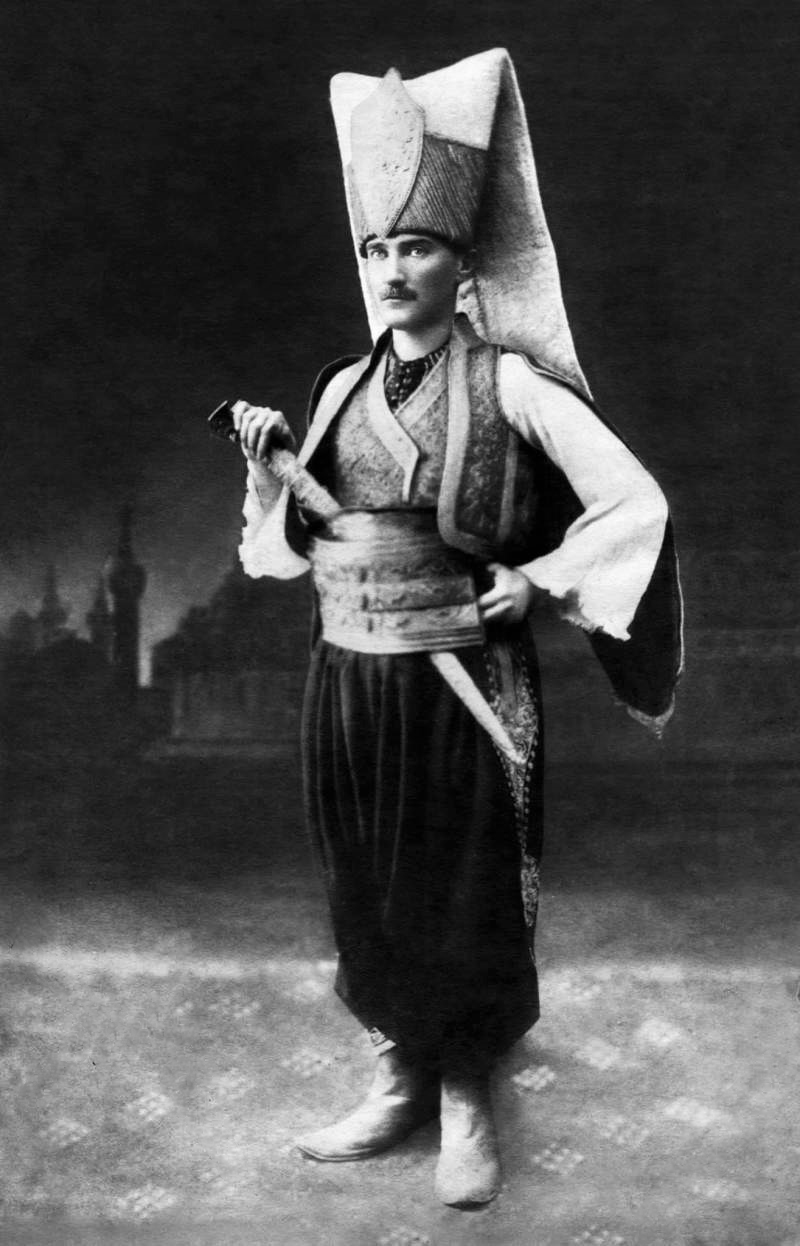PUNJAB NOTES: Bulleh Shah: demystifying mystic fires
Mushtaq SoofiSeptember 02, 2016
Eighteenth century is on several counts considered a turning point in the history of India in general and that of Punjab in particular. During this period we discern early signs of end of an era and beginning of a new age that transformed the landscape of the subcontinent in a fundamental way. The beginning of the end of Mughal Empire signalled vanishing of the Muslim rule mainly established and sustained by central Asian Turks, last of who were the Chaghatais. The Chaghatais in a strange twist of fate came to be known as Mughals who, in fact, were their rivals but in Punjab they were called by their correct clannish name, “Chaugatta”.
“After the death of Aurangzeb early in the 18th century, the Mughal Empire started a gradual decline… struck to death by Muslim intolerance and Hindu revivals, destroyed also by internecine quarrels… The last blow was delivered by the great ruler of Persia, Nadir Shah, whose invasion and sack of Delhi destroyed what was left of the wealth, power and prestige of the Moghul Emperors. One by one, the various provinces, feudatory states, both Hindu and Muslim, rose against a disintegrating central power---. None of the new states was strong enough to unite India, and a last great war between the Marathas and invading Muslim Afghans shattered the former, leaving a profoundly divided India…,” writes Amaury De Riencourt in his ‘The Soul of India’.
In addition to the pervasive devastation caused by the brutal armies of Nadir Shah in 1739, Punjab suffered a great destruction at the hands of Afghan marauder Ahmad Shah Abdali also surnamed Durrani. In order to keep his newly established Afghan kingdom, poor and cash-starved, in a functional state, he desperately needed resources and there was no place better than India which offered him the prospect of getting what he wanted. Punjab, the traditional gateway to India, bore the brunt of his repeated attacks which were no less than seven from 1748 to 1767.
Bulleh Shah (1680- 1757) in his youth witnessed the withering away of regional and central authority in Lahore and Delhi. As a consequence of centrifugal forces, India became more vulnerable and thus attracted more invasions by the hostile foreign forces which in turn created further chaos, social disintegration and political anarchy.
Highly valuable and hair-raising description of Nadir Shah’s invasion can be glimpsed while reading the great epic poem “Nijabat di Var (also called Nadir Shah di Var)” by poet Nijabat with an acute sense of history and creative finesse underpinned by strong feelings of patriotism. His portrayal of interplay of diverse historical forces reveals the deep fault lines Indian society suffered from.
The level and intensity of carnage in Punjab in the wake of Ahmad Shah’s invasions can be gauged from this famous folk saying: “Khahda peeta laahi da, baaqi Ahmad shahi da (what you eat can be of benefit to you, the remaining will be taken away by Ahmad Shah)”. In his later years, Bulleh Shah saw the unrestrained plundering of his beloved Punjab by Nadir Shah and Ahmad Shah. It was not only the foreign forces that continued savagely mauling Punjab, the rising indigenous forces too added to the unbearable chaos and political uncertainty. Marathas, after battering the Mughul power, wreaked havoc on the north western India. They, in collusion with Adina Baig (an astute political player from Sharaqpur), and Sikh bands (Jathas) invaded Punjab. They captured and sacked Lahore in 1758. Timur Shah Durrani and Jahan Khan, the Afghan chiefs, had already fled in panic after the fall of Sirhind to Maratha army. “… Timur Shah Durrani, son of Ahmad Shah Durrani, and Jahan Khan have been pursued by our troops and their troops completely looted. Both of them have reached Peshawar with a few broken troops…We have decided to extend our rule to Kandahar”, writes Raghunathrao in his letter to Maratha Peshwa on May, 4, 1758 from Lahore. Furious Ahmad Shah retaliated by storming India yet again and completely smashed the Maratha forces led by Peshwa Balaji Baji Rao’s cousin in the Third Battle of Panipat.
Bulleh Shah, despite his mystic disposition, keenly observed uncanny political developments. He was neither impartial nor a spectator. He took sides lending his voice to expressing the miseries of the people who suffered at the hands of their tormentors, alien and indigenous, in a violent free-for-all. He had nothing but disdain for the old order which was going fast into free fall.
“The Mogul royals drank the hemlock/the brown-blanketed have shaped up as the rulers/all the nobles go around in silence/seeing them dislodged makes a good spectacle,” he says in one of his lyrics. The fire we see in his verses in fact reflects the conflagration that was all around him consuming all the things, small and big, sacred and profane. Punjab, his home, was on the boil. “Now hell has opened its bogs/Punjab has gone to the dogs/this hell is the nethermost hell/come see me once in a while,” (translation by Taufiq Rafat) that is how he describes the unbearable situation in his homeland.
Defiance, resentment, anger and anguish that give a haunting quality to Bulleh Shah’s poetry are not a result of deciphering of some arcane secrets but rather the product of his historical consciousness which makes him see the things as they are. He, aided by his intuitive faculty and imaginative sweep, goes a step further by unmasking the things in a bid to expose the reality that lies buried beneath them. His hugely enduring popularity rests on his bold and creative act of unmasking the masked. —
[email protected]
Published in Dawn, September 2nd, 2016












